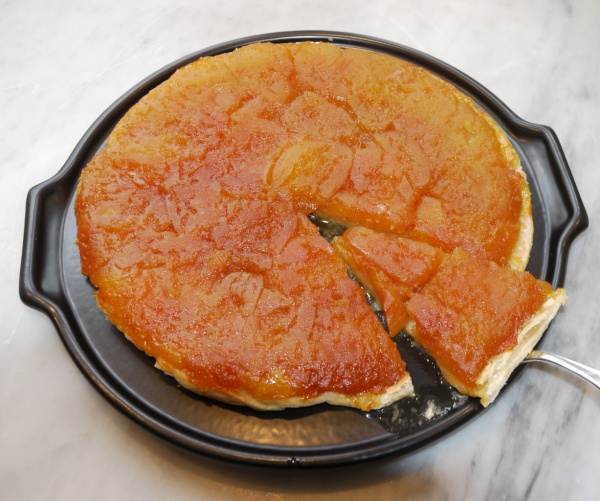Facts About Tarte Tatin
The tarte Tatin is a beloved pastry originating from the Hôtel Tatin in France, where it became a signature dessert in the 1880s. This delightful treat involves caramelizing fruit—typically apples—in butter and sugar before baking it upside down with a pastry crust. The story goes that the tarte Tatin was created by accident when Stéphanie Tatin overcooked apples in butter and sugar. However, the concept of an upside-down tart wasn't new; similar recipes had existed prior.
Stéphanie and Caroline Tatin refined the dessert at their hotel. While there is debate over whether they truly invented it or merely perfected a regional dish from Sologne, it is clear they never published the recipe nor referred to it as "tarte Tatin" themselves. The dessert gained widespread fame posthumously, thanks to influential figures like the renowned food critic Curnonsky and the Parisian restaurant Maxim's.
Initially, specific apple varieties were used to make the tarte Tatin, but over time, other types of apples and even different fruits like pears and quinces have been incorporated. Some creative variations even use vegetables like onions. The pastry base can be either puff pastry or shortcrust pastry, depending on preference.
There are also turnover versions of the tarte Tatin, where the pastry is not only baked upside down but also flipped during serving. This dessert has become a classic in French cuisine and has found its way onto tables around the world.

 Switzerland
Switzerland